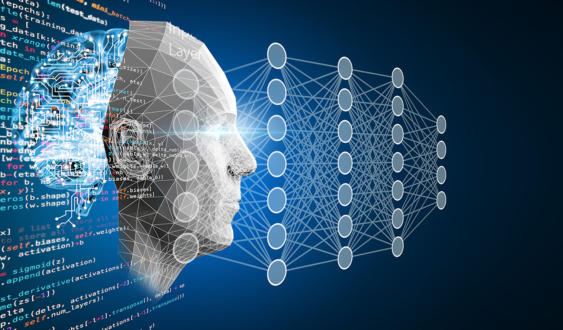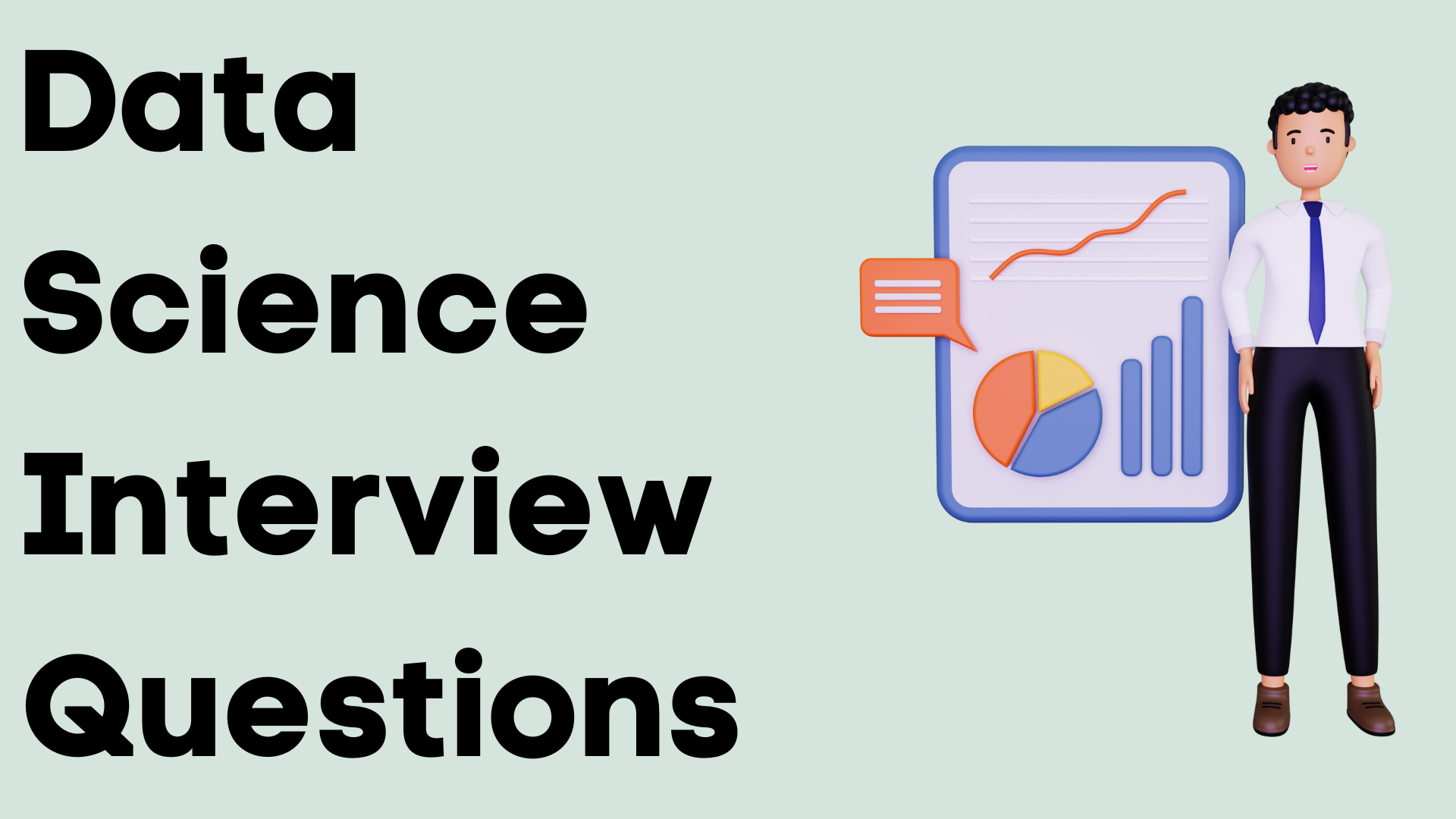Navigating interviews can be quite daunting, but with thorough preparation, you can significantly ease the journey. Here are the first five data science interview questions.
1. What is Data Science?
Data science uses technology to uncover actionable insights from data. It combines statistics, computer science, and specific knowledge to understand complex datasets. This helps businesses make smart decisions and strategy planning. Techniques include data mining, machine learning, visualization, and prediction.

2. What is the difference between data analytics and data science?
The following table highlights the differences and complementary roles of data science and analytics in data-driven decision-making.
| Aspect | Data Science | Data Analytics |
|---|---|---|
| Definition | Predictive modelling and building connections for future insights. | Focuses on checking existing hypotheses and information. |
| Purpose | Drives innovation by answering questions for future problems. | Answers questions for effective decision-making in business scenarios. |
| Focus | A broad field utilizing mathematical, and scientific tools, and algorithms. | Derives present meaning from historical data. |
| Scope | Uses a comprehensive approach to solving complex problems. | A specific field dealing with concentrated problems using fewer tools. |
| Techniques Used | Involves data mining, machine learning, and advanced algorithms. | Relies on statistical analysis and data visualization techniques. |
| Approach | Uses a comprehensive approach for solving complex problems. | It uses a targeted approach to address specific questions. |
3. What is Machine Learning in Data Science?
Machine learning is a branch of artificial intelligence (AI) that enables computers to learn from data and improve their performance over time without being explicitly programmed. It involves the use of algorithms and statistical models to identify patterns, make predictions, and automate decision-making processes based on input data.

Although machine learning is a powerful tool for solving problems, enhancing business operations, and automating tasks, it is also complex and resource-intensive. It demands deep expertise, substantial data, and robust infrastructure. Selecting the appropriate algorithm for a given task requires a solid understanding of mathematics and statistics.
4. What are the types of Machine Learning?
This table captures the main types of machine learning, their descriptions, typical use cases, and examples of algorithms associated with each type.
| Type of Machine Learning | Description | Use Cases | Examples of Algorithms |
|---|---|---|---|
| Supervised Learning | Trained on labeled data where the output is known, to make predictions on new data. | Spam detection, house price prediction, sentiment analysis | Linear Regression, Decision Trees, Support Vector Machines (SVM) |
| Unsupervised Learning | Works with unlabeled data to find hidden patterns or intrinsic structures. | Clustering customers, anomaly detection, market basket analysis | K-Means Clustering, Principal Component Analysis (PCA), Hierarchical Clustering |
| Reinforcement Learning | Combines a small amount of labelled data with a large amount of unlabeled data to improve learning accuracy. | Game playing, robotics, dynamic pricing | Q-Learning, Deep Q-Networks, Monte Carlo Methods |
| Semi-Supervised Learning | Uses the data itself to generate labels for training without manual labelling. | Text classification, image recognition | Self-training, Co-training, Generative Adversarial Networks (GANs) |
| Self-Supervised Learning | Uses the data itself to generate labels for training without manual labelling. | Natural language processing (NLP), computer vision | BERT, GPT, SimCLR |
| Deep Learning | A subfield of machine learning that uses neural networks with many layers (deep neural networks). | Image recognition, voice assistants, language translation | Convolutional Neural Networks (CNNs), Recurrent Neural Networks (RNNs), Long Short-Term Memory (LSTM) |
Also read the article Resume Mastery: The Secret To Landing Interviews Using 5 Tricks to make impactful resume.
5. What are the differences between Supervised and Unsupervised Machine Learning Algorithm?
This table captures the differences between supervised and Unsupervised Machine Learning algorithms.
| Feature | Supervised Learning | Unsupervised Learning |
|---|---|---|
| Data Labeling | The model learns from the data itself. | Input data is labelled with correct outputs. |
| Goal | Learn a mapping function from input to output. | Find patterns, structures, or relationships within the data. |
| Common Tasks | Classification, regression, prediction. | Clustering, dimensionality reduction, association rule learning. |
| Examples | Spam filtering, image recognition, fraud detection. | Customer segmentation, market basket analysis, anomaly detection. |
| Feedback Mechanism | The model learns from the data itself. | Model learns from the data itself. |
You can always come back to Briefly Today and read all the latest happenings around you! Stay updated, Stay aware!
Do come back for more interview questions on Data Science…

